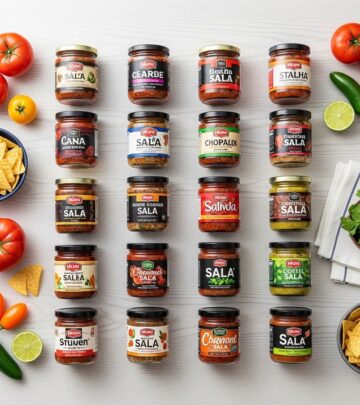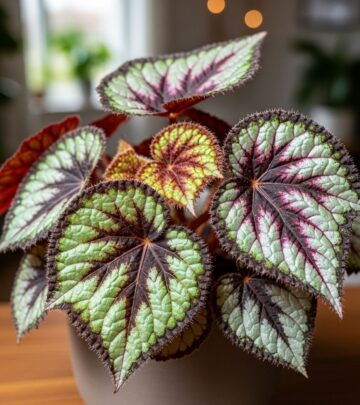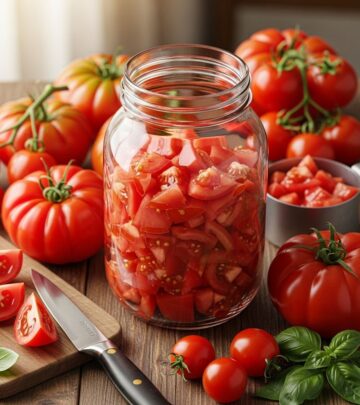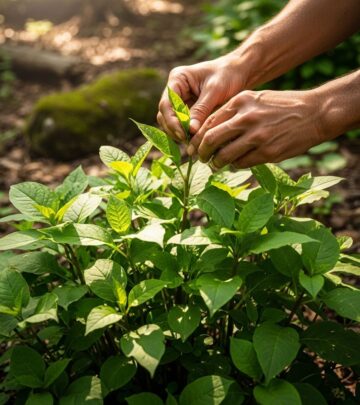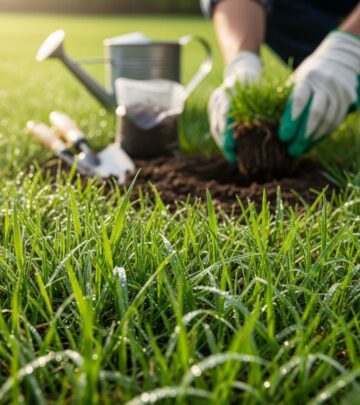When To Harvest Okra: Expert Guide For Maximum Flavor And Yield
Master the timing and techniques of okra harvesting to guarantee tender pods and a bountiful crop all season long.
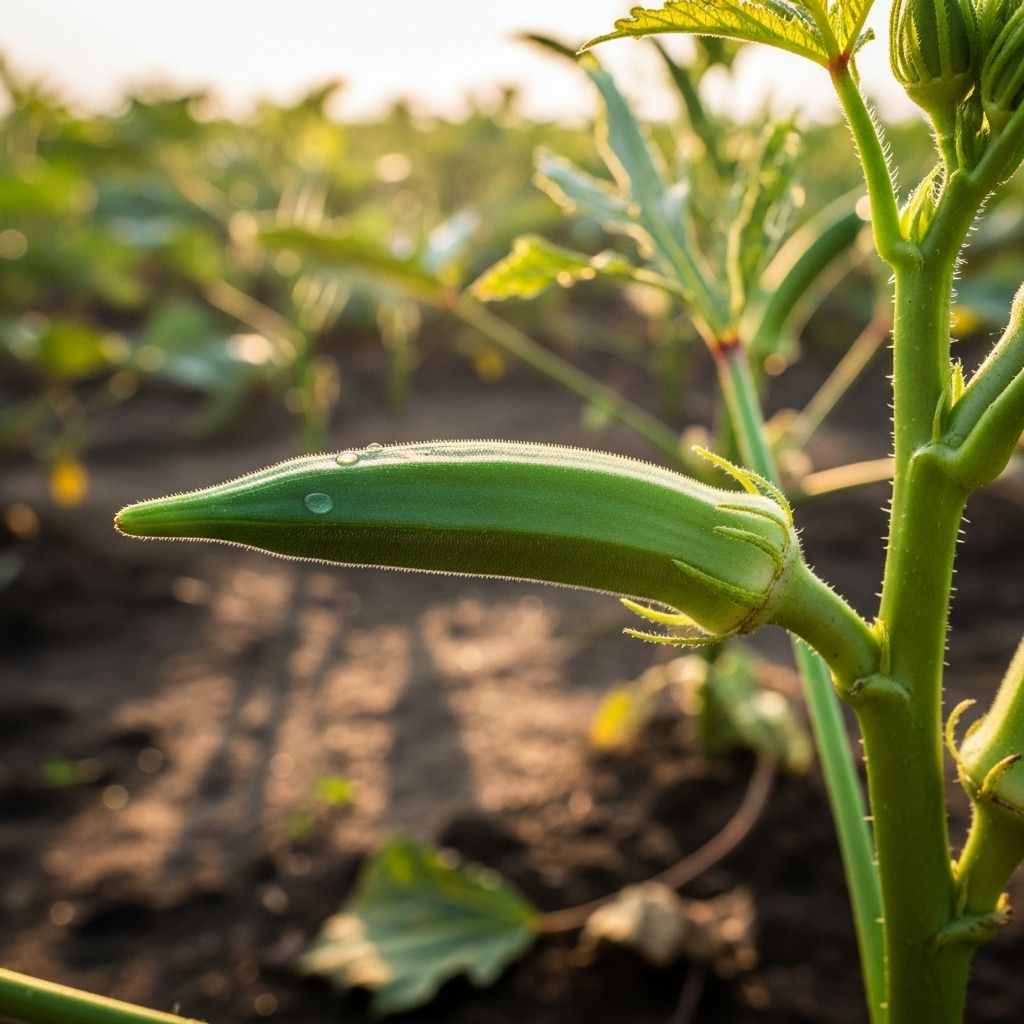
Image: HearthJunction Design Team
When and How to Harvest Okra for Maximum Flavor and Yield
Okra is a warm-weather garden staple treasured for its edible pods and impressive productivity. Knowing the right moment to pick okra—and how to harvest it safely—can mean the difference between enjoying tender, delicious pods and missing out as they quickly become tough and inedible. This complete guide will help you master the art of okra harvesting, from identifying peak ripeness to handling prickly plants and encouraging non-stop production throughout the growing season.
Why Timing Matters When Picking Okra
Okra (Abelmoschus esculentus), also known as ladies’ fingers or ochro, matures quickly in the garden. Most varieties are ready for harvest just 50–65 days after seeding, and the pods themselves can reach picking size in just a few days once they appear. Timely harvesting is critical because okra pods grow rapidly; if left too long, they become tough, fibrous, and not enjoyable to eat.
- Harvest window is short: Okra pods can go from tender to tough in as little as 24–48 hours in hot weather.
- Frequent picking: Regular harvesting—every other day, or even daily during peak season—keeps plants productive and ensures pods are at their best flavor and texture.
- Picking delays: Letting pods get too large signals the plant to stop producing new fruit.
How to Tell When Okra is Ready to Pick
To harvest okra at its peak, look for these signs:
- Pod Size: The best time to pick most okra is when pods are 2–3 inches long. Some varieties can be picked at 3–4 inches, but generally, smaller pods are the most tender and tasty.
- Color: Pods should be vibrant in color; green, red, or purple depending on the cultivar. Dull or yellowing pods have likely passed their prime.
- Touch: Pods should feel firm but not hard. Overly tough or woody-feeling pods are overmature.
- Ease of harvest: If you struggle to cut the pod off the plant, it may already be too fibrous.
Tip: If you’re unsure, harvest one pod and slice it—if the knife passes through without much resistance, it’s perfectly tender.
Visual Cues: Okra Pod Ripeness Chart
| Pod Length | Color | Texture | Edibility |
|---|---|---|---|
| 2–3 inches | Bright, vibrant green/red/purple | Firm, not hard | Tender, ideal for eating |
| 4–5 inches | Still vibrant | May start to toughen | Still usable, best if sliced thin |
| 6+ inches | Dull, yellowing possible | Woody, fibrous | Too tough to eat, use for seed |
Best Time of Day to Harvest Okra
For optimal freshness, pick okra pods in the early morning before the day heats up. Morning harvests keep pods crisp and minimize wilting during handling.
How Often Should You Harvest Okra?
In the height of summer, okra can grow at impressive speed, sometimes doubling in size overnight. To keep up:
- Check plants every 1–2 days.
- Frequent picking stimulates more pod production and healthier plants.
- If pods are left to mature fully, the plant may slow or stop new pod development. Remove any old or large pods promptly.
Harvesting Techniques: How to Pick Okra Safely
Okra plants are known for their fine, stiff hairs—called setulose—that can cause skin irritation. To avoid discomfort, follow these harvesting precautions:
- Wear thick gloves and long sleeves to protect your skin from spines on the pods, stems, and leaves.
- Use a sharp knife or garden scissors to cut pods cleanly from the plant, snipping just above the cap at the base of the pod.
- Never pull pods off by hand, as this can damage the plant and reduce future yields.
- Carry a basket or bucket to collect your harvest and minimize handling of prickly pods.
- Even spineless varieties may have some small hairs, so gloves are always a smart precaution.
Tips for Handling and Storing Fresh Okra
Once harvested, okra pods are highly perishable. For best flavor and texture:
- Refrigerate pods as soon as possible, ideally in a paper bag or perforated container to prevent moisture buildup.
- Use within 2–3 days for maximum tenderness. Older pods can become slimy or tough even in storage.
- Blanch and freeze extra harvests for long-term enjoyment.
What to Do With Overgrown Okra Pods
If you miss a harvest and find large, tough okra pods on your plants, don’t despair. While too fibrous for eating, mature pods can be put to other uses:
- Save seeds: Allow oversized pods to fully ripen and dry on the plant, then collect seeds for next year’s crop.
- Ornamental crafts: Dried okra pods are attractive in decorative arrangements and crafts.
- Compost: Chop and compost old pods to return nutrients to your soil.
Pruning and Second Harvest: Maximizing Okra Yields
Okra is a long-season producer. With the right techniques, you can coax plants into producing a bonus fall crop:
- End-of-summer pruning: As the season winds down and production slows, prune okra stalks back to 6–12 inches above the ground. This encourages fresh new growth and may result in a second wave of pods.
- Remove lower leaves: After your first main harvest, snip off lower leaves to boost air circulation and light, subtly increasing yield.
Common Okra Varieties and Harvesting Notes
Different okra cultivars may have slightly different appearances, but the general harvesting guidelines remain the same. Here are a few popular types:
- Clemson Spineless: Most tender when picked at 3–4 inches. Few or no spines, but still wear gloves as a precaution.
- Red Burgundy: Vibrant red pods, best picked at 3–4 inches. Attractive and tasty, but also a little prone to skin irritation.
- Heirloom and green varieties: Typically picked at 2–3 inches for best texture.
Encouraging Ongoing Okra Production
Maximize your okra yield with these growing and harvesting strategies:
- Pick frequently: Every 1–2 days during peak season.
- Feed and water adequately: Okra plants are heavy feeders. Regular water and a midseason side-dressing of balanced fertilizer keep them vigorous.
- Control pests and diseases: Keep an eye out for aphids, stink bugs, and fungal problems. Healthy plants are more productive.
- Don’t allow pods to fully mature unless you’re saving seed.
Frequently Asked Questions (FAQs)
Q: How do I know if an okra pod is too old to eat?
A: Pods longer than 4–5 inches, dull in color, or that feel woody or hard to the touch are likely too mature to eat. Slice one: if a knife meets resistance, it’s overripe. Let these pods dry for seed or compost them.
Q: Can I eat okra raw?
A: Absolutely! Fresh, young okra pods are delicious raw—add them sliced to salads for a crisp texture. Always wash thoroughly before eating.
Q: My okra plants itch and irritate my skin. Is this normal?
A: Yes. Okra plants have fine hairs (setulose) that can cause skin irritation, even on spineless varieties. Always wear gloves and long sleeves during harvest and handling.
Q: How can I store okra for long-term use?
A: Blanch and freeze pods for long-term use. You can also pickle okra or dehydrate slices for use in soups and stews.
Q: Will okra keep producing all season?
A: If harvested frequently and kept healthy, okra can produce from mid-summer until the first frost. Prune plants when production slows to encourage another flush of growth.
Key Takeaways
- Harvest okra pods at 2–3 inches for best flavor and texture.
- Pick every 1–2 days during peak season to stimulate continuous production.
- Wear gloves and long sleeves to avoid skin irritation from plant hairs.
- Use a sharp knife to cut pods cleanly from the plant.
- Store okra in the fridge and use promptly, or blanch and freeze for later.
By following these proven harvesting tips, you’ll enjoy tender okra pods all summer long and set the stage for a thriving, productive garden. Happy harvesting!
References
Read full bio of Anjali Sayee






